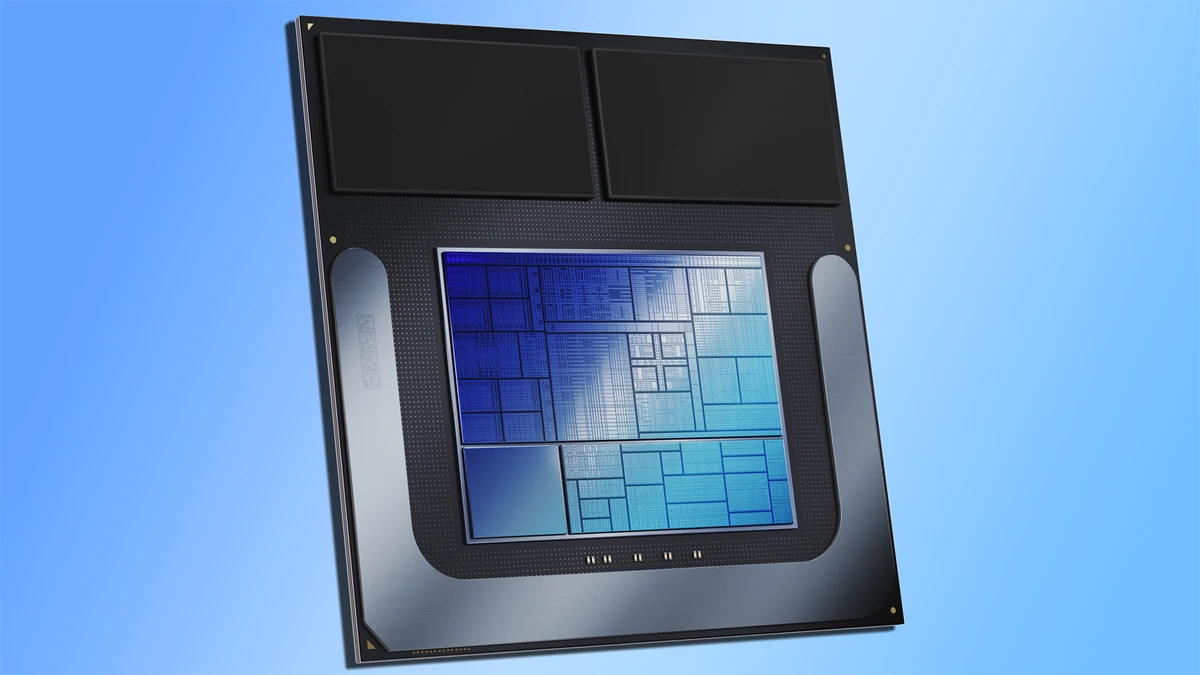Intel's VP for technical marketing says that the ongoing discussions about ARM vs x86 are based on a false premise.
Which is more powerful, ARM or x86? Anyone familiar with the current chip line-up will probably answer: "Easy ARM." Look at the battery life of some of those Snapdragon Elite laptops.
But is really true? Intel, the company that designs most of the x86 chips in the world, disagrees.
Robert Hallock is well-versed in x86 and its benefits. He is currently Intel's Vice President of Technical Marketing, and held a similar position at AMD for many prior years. Only Intel and AMD can produce x86 processors (ignoring VIA). Arm's foundations are used by any other company that wants to produce chips. Or RISC V, but that's a different story.
Hallock told Notebookcheck that "it is our firm belief" that the ongoing discussions around ARM vs. x86 are based on a faulty premise, because it's not the instruction set architectural (ISA) which dictates power in general.
"Our view is physical: transistors cost energy. A CPU design which increases core counts, graphics size or NPU size is not free. These decisions raise package power consumption, TDPs and TDPs to levels that are comparable to what consumers have seen in the past with conventional Windows/Linux CPUs.
"In other words, implementing the features that the market expects to have a 'typical' cost, regardless of whether the x86 ISA or ARM ISA is used. So, if adding complexity costs power on any ISA, then it becomes a battle between which set of design choices yields the best performance/power/area (PPA) to meet consumer expectations."
ARM designs are more energy-efficient than x86. This is true at least for the products that they're shipped in: Apple's designs, Arm processors on phones, and the latest Snapdragon XElite chips, which have been found in a lot of laptops. All devices with a decent battery life.
x86 is used in desktop chips, servers and other power-hungry devices. But also ultra-thin notebooks.
Hallock then goes on to discuss Lunar Lake, a new generation of mobile processors that is dedicated to reducing power budgets. Hallock said the same thing at a Lunar Lake Architecture Briefing about what makes a chip energy-efficient and what does not.
Hallock said at the May event, "It's not x86 or ARM that determines the power, it's the physical design of a chip." It is the floorplan of the chip. It's the packaging technology, the process technology. It is the relentless optimization of every component on that platform. One watt panels, most efficient memory, most efficient SSDs. This is what drives battery power. "That is what drives CPU power."
"Lunar Lake will be x86 powered in a way you've never seen before. We systematically analyzed every single execution engine to get the best performance per watt. We touched everything. "We improved everything: graphics, packaging, cores and fabric.
Is it really the ISA which is responsible for energy saving? Intel says no. But we can also look to the comments of renowned chip designer Jim Keller.
Keller said in a discussion with TechTechPotato about three years ago that any architecture can be fairly power-efficient. This changes over time.
Over time, ISAs become more and more cluttered. Some things you need, others you don't, and some are just rubbish. But you have to keep them all if you want backwards compatibility. The older the ISA is, the more things it contains that could make it less efficient.
x86 was introduced in the late ’70s. There's lots of stuff.
Keller says that when ARM was first released, it was a 32-bit computer. It looked simpler and easier to construct compared to x86. "But they added a 16 bit mode and the IT instructions, which were awful, as well as that weird floating point vector extensions set with overlays on the registry file. Then 64-bit came along, which partly cleaned it up. Then, they added special stuff for booting and security. It's only gotten more complicated.
"Now RISC-V appears and it's a shiny new cousin. It's an open architecture with no legacy. "And people build it at universities, where they don't want to add a lot of junk like other architectures."
We're now touching on a broader subject, the general efficiency of multiple architectures. Which is better, x86 or ARM? I won't talk about it here. There's definitely something to be said about the simplicity of a more recent architecture. The less garbage in the ISA the better.
There's a good reason why we don't play games on RISC V. It doesn't yet have enough stuff. The ecosystem is not there yet. The process node, transistors, substrates, and what's on the chip all play a major role in determining the power draw of any device.





Comments